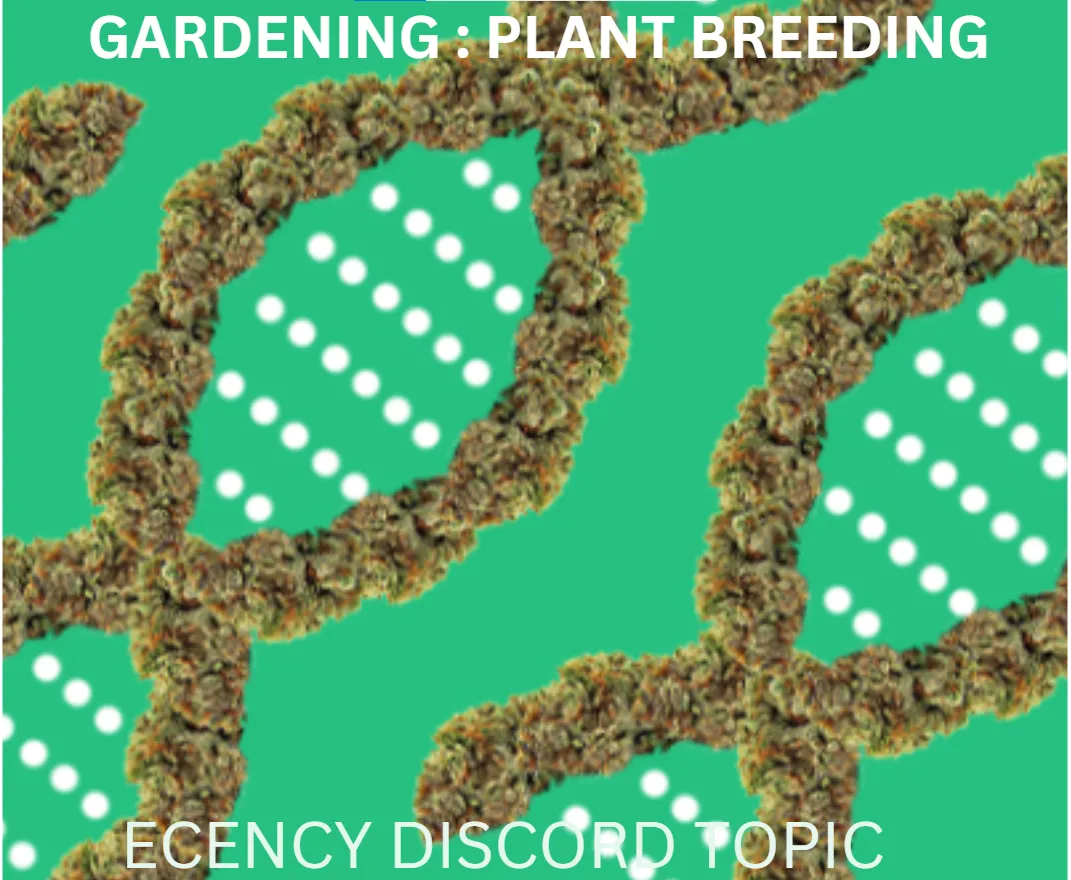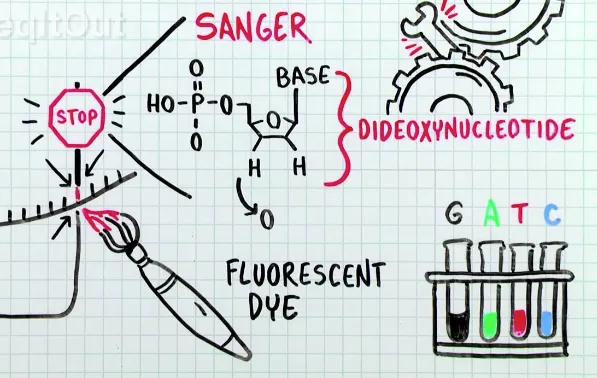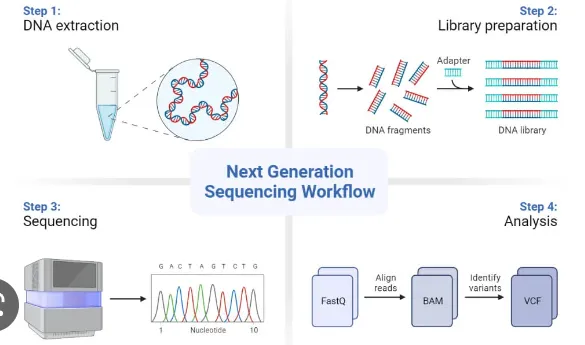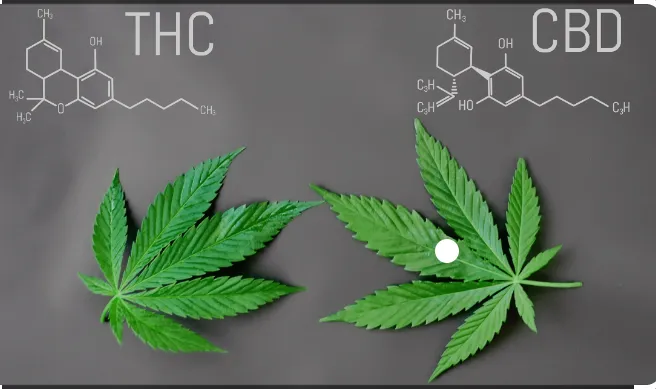
Hopefully this Topic is making it's way to Ecency Discord Posting afterwards :)
DNA Day: Garden Plants breeding and genetic engineering.
But first, I'm going to side track you all with a bit of daily trivia. Today is DNA day. It is an annual celebration of the discovery of the structure of DNA and the scientific advances that have followed since the discovery. The day is celebrated on April 25th every year, which marks the date in 1953 when James Watson, Francis Crick, Maurice Wilkins, Rosalind Franklin, and others published papers describing the structure of DNA.
DNA Day is an opportunity for scientists and educators to share their knowledge and enthusiasm for genetics and genomics with the general public. It also serves as a reminder of the importance of DNA in advancing our understanding of biology, medicine, and other fields. I'm neither of those, but I figured this is a great breaking entry into the topic of Gardening.
The first DNA Day was celebrated in 2003, on the 50th anniversary of the publication of the papers describing the structure of DNA. Since then, DNA Day has become an international event, with activities and events organized by scientific institutions, schools, and other organizations around the world.
Now, let's talk about the use of DNA sequencing and genomics in plant breeding and genetic engineering. DNA sequencing allows scientists to identify specific genes and traits in plants, which can then be manipulated to create new varieties with desirable characteristics.
For example, DNA sequencing has been used to identify genes involved in disease resistance, drought tolerance, and other traits that are important for crop productivity. By selecting plants with these genes and breeding them together, plant breeders can create new varieties that are better adapted to specific environments or have improved yields.
Genetic engineering techniques, which involve introducing new genes into plants, also rely on knowledge of DNA sequences and gene function. For example, scientists have used genetic engineering to create crops that are resistant to pests or tolerant of herbicides, which can help to reduce the use of chemical pesticides and herbicides in agriculture.
Gardening enthusiasts can also use DNA sequencing to identify the specific species and varieties of plants in their gardens. This can be particularly useful for identifying rare or unusual plants, as well as for understanding the genetic diversity of plant populations.
DNA sequencing of weed plants has undergone significant advancements in recent years. In the past, DNA sequencing was a time-consuming and expensive process, often requiring specialized equipment and expertise. However, advances in sequencing technology and the development of high-throughput sequencing platforms have made DNA sequencing much more accessible and affordable.

In the past, the most common method of DNA sequencing was Sanger sequencing, which involved the use of specialized enzymes and fluorescent dyes to read the nucleotide sequence of a DNA fragment. This process was laborious and slow, and could only sequence relatively short DNA fragments at a time. As a result, DNA sequencing of weed plants was a challenging and time-consuming process.

Today, next-generation sequencing (NGS) technologies have revolutionized DNA sequencing, allowing researchers to sequence millions of DNA fragments in parallel, at a much lower cost and with higher accuracy. These technologies include Illumina sequencing, Ion Torrent sequencing, and PacBio sequencing, among others. These platforms generate vast amounts of DNA sequence data, which can be analyzed using specialized bioinformatics tools to identify genetic variants and other features of interest.
NGS technologies have been used to sequence the genomes of numerous weed plants, including cannabis (marijuana), which has been of particular interest due to its potential medical and recreational uses. The sequencing of cannabis genomes has enabled researchers to identify the genetic basis of various traits, such as THC and CBD production, as well as to develop tools for identifying specific cannabis strains and monitoring their quality and purity.
